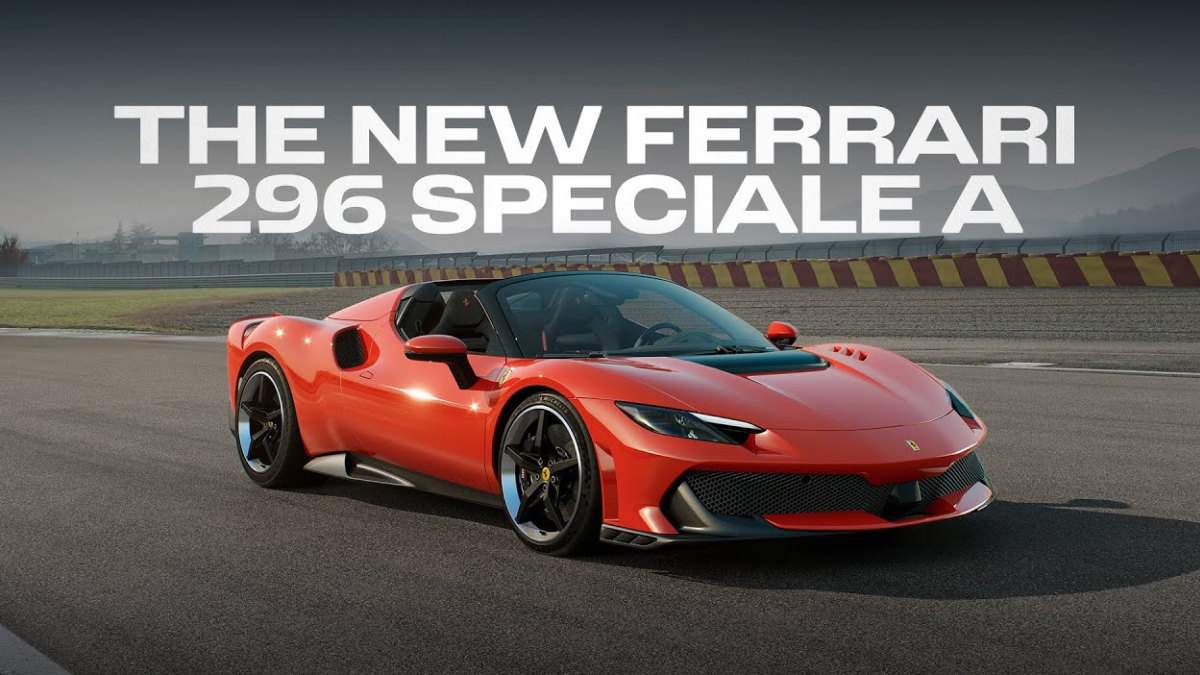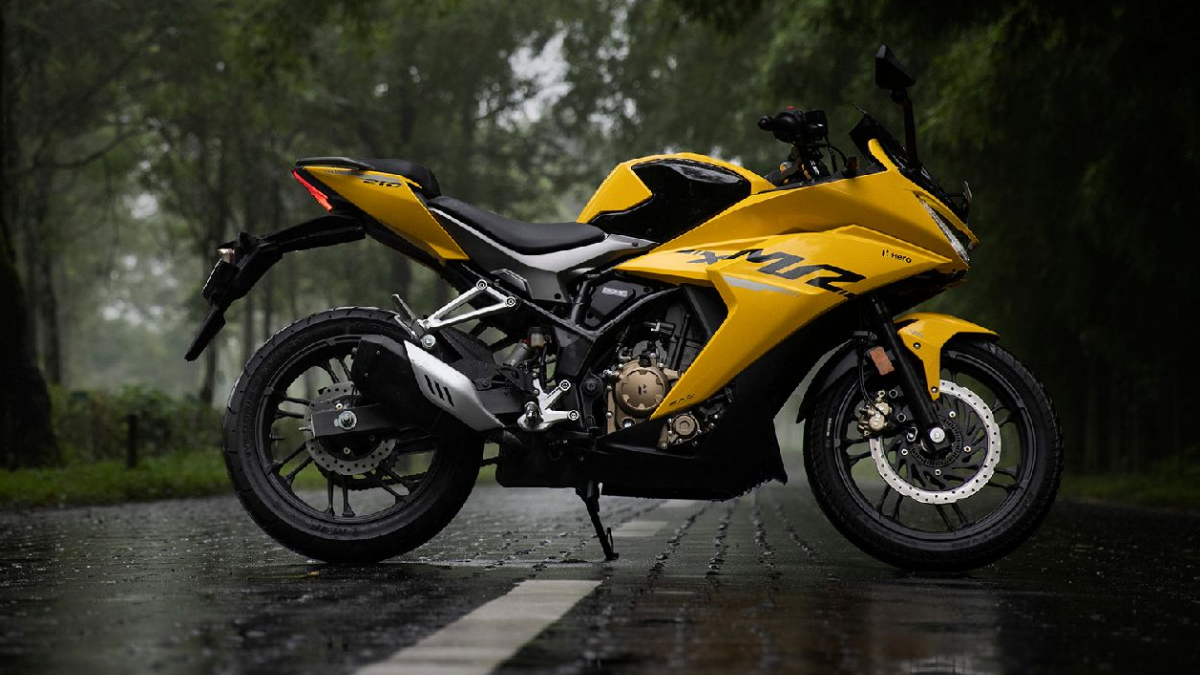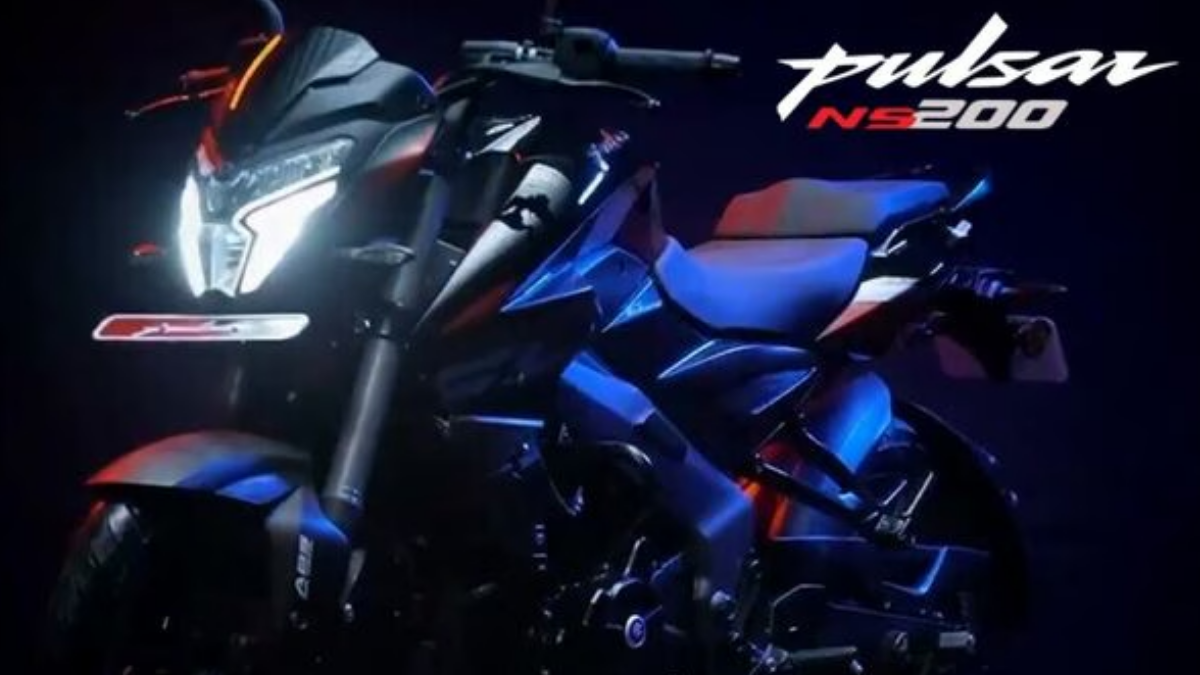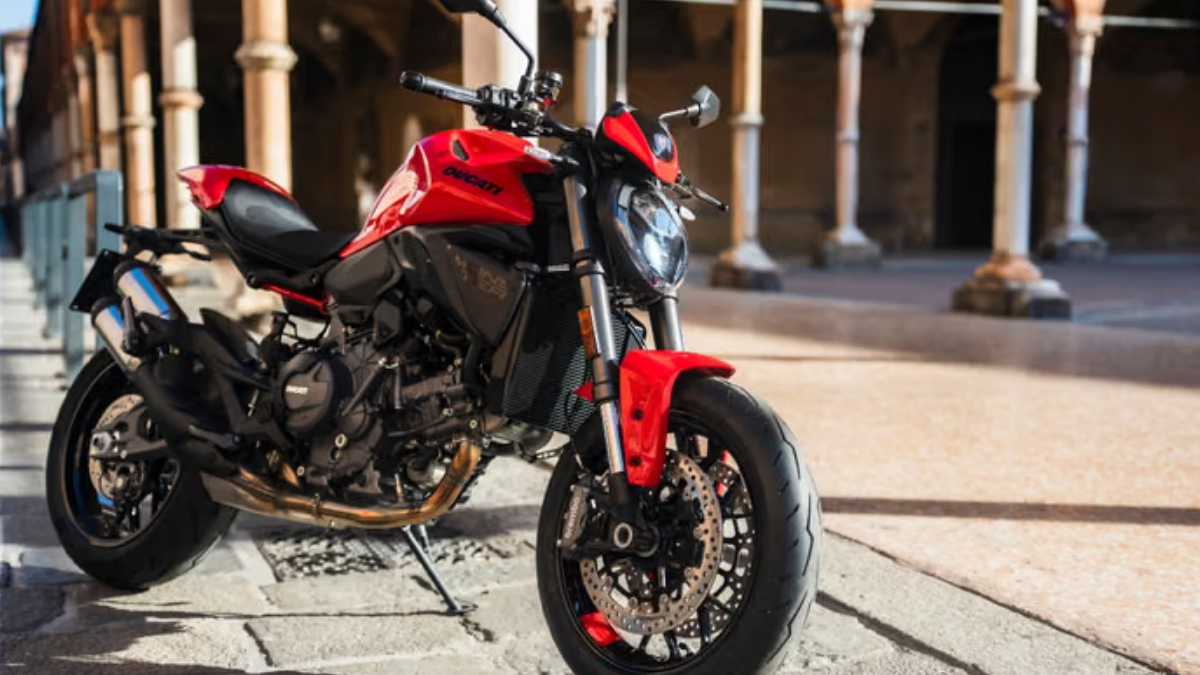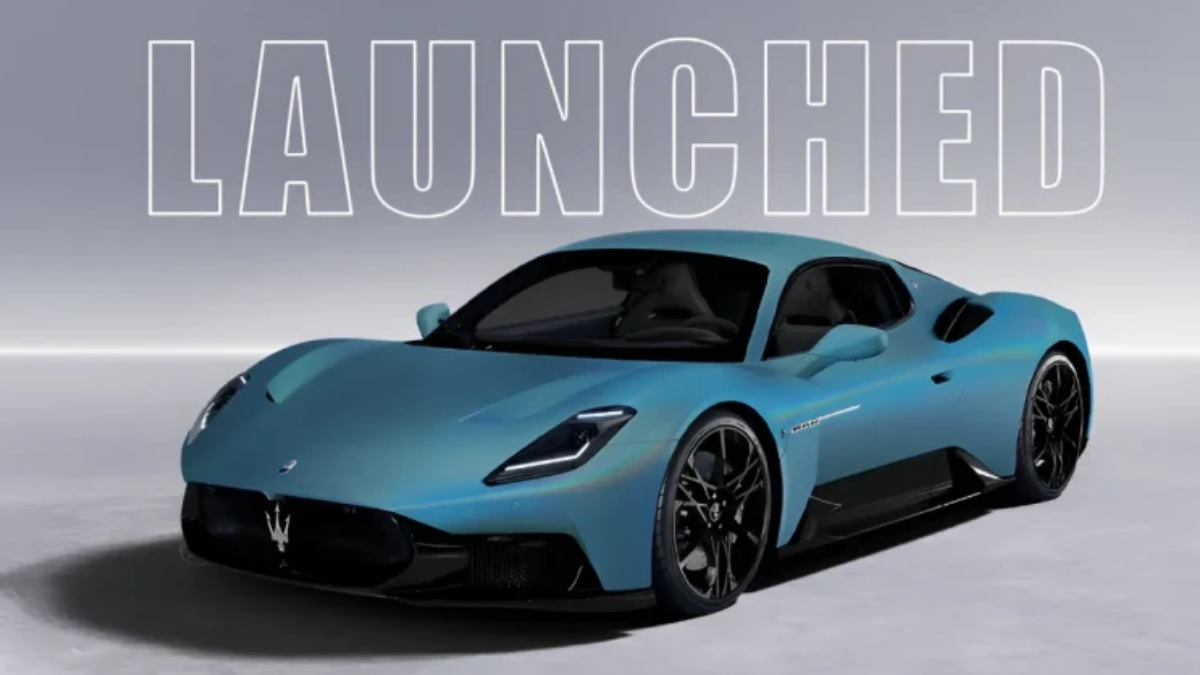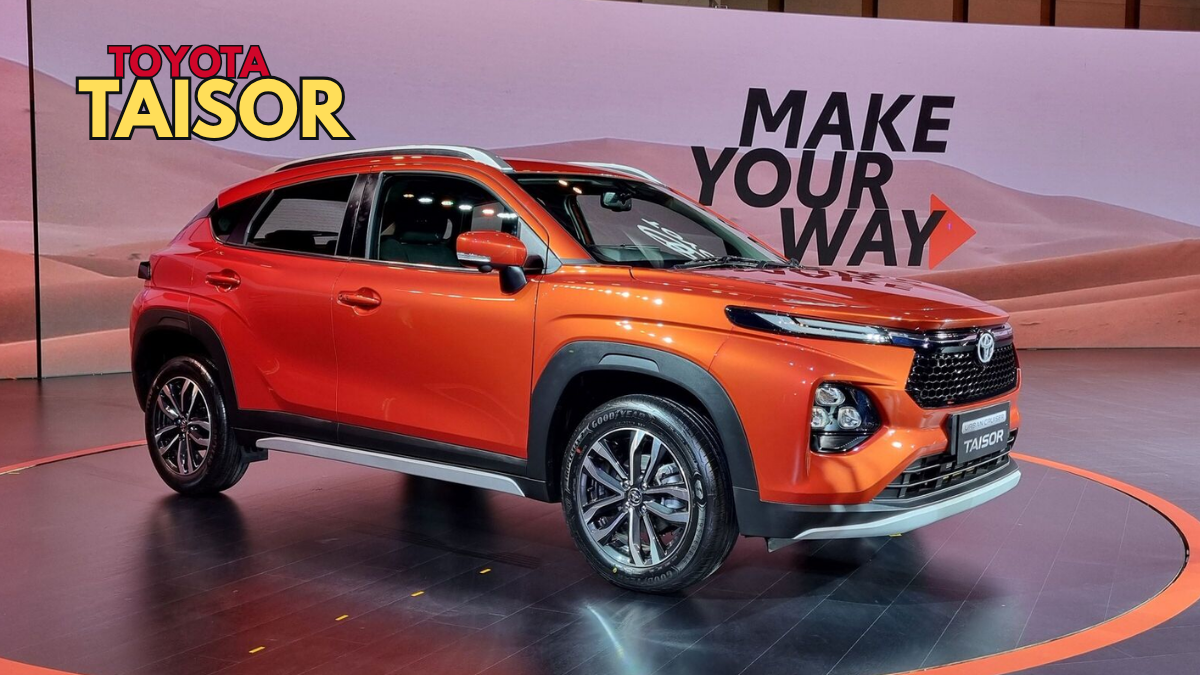Ferrari’s pattern is familiar. A core model arrives first, followed by a lighter, sharper, more visceral version aimed at purists. The lineage runs through 360 Challenge Stradale, F430 Scuderia, 458 Speciale, and 488 Pista. The 296 platform set a high bar, yet the new 296 Speciale pushes the envelope with deeper aero work, meaningful weight savings, stronger aural character, and refined hybrid power management. The name says it all. Speciale is the distilled version of the 296 idea, created to heighten feel, precision, and driver engagement without turning the car into a road legal compromise.
Exterior Design and Aerodynamics
The body has been reworked with function first but never at the cost of beauty. Every surface above and below the floorpan serves airflow quality, cooling, or downforce.
- Aero damper scoop: A large bonnet channel draws air from under the car and sweeps it cleanly over the roof to reduce disturbance at high speed.
- Triple louvres: Three vents per side relieve pressure in the wheel wells and guide airflow along the flanks without upsetting the side intakes.
- Brake cooling ducts: Subtle inlets by the headlamps route flow directly to the discs.
- Front bumper and lip: The bumper sits wider and lower with enlarged intakes. The tea tray of the 296 GTB makes way for a floating lip reminiscent of LaFerrari, sharpening front end stability.
- Front end winglets and vents: These manage turbulence around the front wheels and trim drag.
- Gamma wings and active spoiler: Small corner winglets derived from the 296 Challenge work with a faster acting center spoiler that now has an intermediate position. It hides on straights to reduce drag and pops up under braking to plant the rear.
Even the underfloor gets careful attention, with reshaped channels and ducts that keep the flow attached from nose to diffuser. The result is a car that achieves far more front end grip and high speed stability while looking cohesive and sculptural. Verde Nürburgring, a deep metallic green, suits the muscular form, though Ferrari’s personalization catalog opens the door to almost endless finishes and stripe packages.
Quick Summary
Item |
Details |
|---|---|
Model |
Ferrari 296 Speciale |
Positioning |
Track focused evolution of the 296 GTB and GTS |
Powertrain |
3.0 litre twin turbo V6 plug in hybrid with e motor |
System output |
700 hp and 755 Nm from V6 plus up to 180 hp electric assist in Qualifying mode |
Weight |
175 kg lighter than before is incorrect; actual claim is 175 kg kerb, 4 kg less than the previous comparable setup |
Performance |
0 to 100 km/h in 2.8 s, 0 to 200 km/h in 7.0 s, Fiorano lap 1:19 |
Aero highlights |
Aero damper bonnet scoop, triple louvres, wider and lower bumper with floating lip, Gamma wings, faster active rear spoiler |
Chassis and brakes |
Front frame layout, hollow double swingarm, Brembo 320 mm front dual discs with radial calipers, 245 mm rear |
Electronics |
Six axis IMU, traction control, wheelie control, engine brake control, cornering ABS, four riding modes |
Cabin focus |
20 kg trimmed, carbon buckets, four point harness with optional three point belt, Alcantara and carbon trim |
Claimed EV range |
About 25 km on eDrive |
India timeline |
Coupe expected late 2026, Aperta about six months later |
Official site |
Interior Space and Comfort
This is the focused 296, yet it avoids the stripped out feel of older hardcore Ferraris. Roughly 20 kg is saved inside.
- Materials: Carpets are removed. Leather gives way to Alcantara and exposed carbon fibre.
- Seats: Carbon buckets replace the GT chairs. They are firm yet shaped for long stints, and the four point harness holds you tight on track. A regular three point belt remains the practical choice for daily use.
- Panels: Single piece carbon door cards flow into the dash for a clean, lightweight look.
- Convenience retained: Automatic climate control, Apple CarPlay, a passenger display, and driver assistance basics are present.
- Storage: A small net behind the seats handles loose items, and a 169 litre frunk accepts soft weekend luggage.
Seat base and backrest adjustments allow most drivers to dial in an ideal position. The new tank contour also improves knee bracing, helping driver and car feel like a single unit.
Features, Interfaces, and Controls
Digital functions live primarily in the instrument cluster and are navigated by steering mounted controls. Ferrari returns to physical switches for key tasks, replacing the touch sensitive panels of the GTB.
- Steering wheel: Available with shift lights. Long alloy paddles fall easily to hand.
- Manettino: Adjusts power delivery and chassis behavior.
- e Manettino: Selects drive modes.
- Modes: Sport, Road, Urban, and Wet for the chassis and powertrain tuning. For the hybrid system the driver can choose Performance, Hybrid, eDrive, and the all out Qualifying setting.
Powertrain and Performance
The core architecture remains a plug in hybrid pairing of a 3.0 litre twin turbo V6 and a compact electric motor fed by a 7.45 kWh battery.
- V6 output: 700 hp and 755 Nm on its own when fully uncorked on track.
- Electric boost: About 180 hp fills torque gaps and enables smart torque vectoring effects.
- Extra Boost function: In Qualifying mode the system gives an additional electric shove above 6,000 rpm to fire the car out of medium speed corners.
- Transmission: An 8 speed F1 dual clutch that can draw on battery assistance during upshifts to remove any hint of torque hole.
Numbers tell only part of the story. Throttle response feels immediate, the boost builds with clean linearity, and the hybrid system’s cooling upgrades allow repeat hot laps without fade. The exhaust note is key. A lighter titanium end section removes roughly 2 kg and improves timbre, while acoustic ducts pipe authentic engine sound into the cabin. Low rev bass gives way to a fierce snarl near redline with no synthetic augmentation.
Headline figures: 0 to 100 km/h in 2.8 s, 0 to 200 km/h in 7.0 s, and a Fiorano lap of 1 minute 19 seconds, matching the all wheel drive SF90 Stradale.
Efficiency and Everyday Use
Development did not happen only in a wind tunnel and on Fiorano. Ferrari says a majority of validation took place on public roads to keep the car usable.
- eDrive: About 25 km of electric only running is realistic for quiet urban hops.
- Hybrid: Manages charging through regeneration and blends power unobtrusively.
- Real world fuel use: On engine alone, expect roughly 4 to 5 km per litre depending on traffic and enthusiasm.
The point is not economy for its own sake. It is versatility. Tiptoe out of the neighborhood early, then light the fuse once clear of town.
Ride and Handling
Two configurations were sampled. Passive dampers on track and optional MagnaRide on the road.
- Track: The fixed setup is taut, resisting roll and pitch through quick direction changes. Titanium springs help reduce unsprung mass and sharpen response. Steering is razor precise with better front end bite thanks to the aero work.
- Road: MagnaRide softens sharp edges without turning the chassis too soft. In comfort oriented settings the helm lightens a touch for easy city driving. A dedicated Bumpy Road button on the Manettino relaxes damping for rough patches. A nose lift raises the front by about 15 mm to clear steep ramps.
The net effect is a car that will hammer kerbs during a hot lap yet remain civil enough for a daily commute.
Price And Availability
Ferrari plans no hard production cap, but allocations will remain tight and the Speciale will be rarer than standard 296 variants. India deliveries for the coupe are expected late 2026, with the Aperta roughly six months later. Indicative pricing for India is around ₹6.5 crore ex showroom before options.
Frequently Asked Questions
1. What are the key changes that make the 296 Speciale different from the 296 GTB
Aero revisions including the aero damper bonnet scoop, triple louvres, Gamma wings, and a quicker active spoiler, a lighter cabin with carbon buckets and reduced trim, retuned hybrid power delivery with Extra Boost in Qualifying mode, and revised controls with more physical buttons.
2. How fast is the 296 Speciale in real terms
Ferrari quotes 0 to 100 km/h in 2.8 seconds and 0 to 200 km/h in 7.0 seconds. At Fiorano it laps in 1 minute 19 seconds, equal to the SF90 Stradale benchmark.
3. Can the 296 Speciale run in full electric mode
Yes. eDrive offers quiet, electric only operation for short trips of about 25 km under suitable conditions.
4. Is the ride too stiff for daily use
With passive dampers it is firm but disciplined on track. The optional MagnaRide system and the Bumpy Road setting make city use surprisingly manageable, and the nose lift helps with speed breakers and ramps.
5. When does the Speciale arrive in India and what will it cost
The coupe is expected late 2026 with the open top version about six months later. Pricing guidance is around ₹6.5 crore ex showroom before options, subject to final specification.
Verdict
The 296 GTB and GTS already deliver thrilling pace and polish. The Speciale adds sharper edges, deeper feedback, and a soundtrack to match. It is the version that makes a great supercar feel truly intimate and alive.
Official site:
https://www.ferrari.com
For More Information Click HERE

